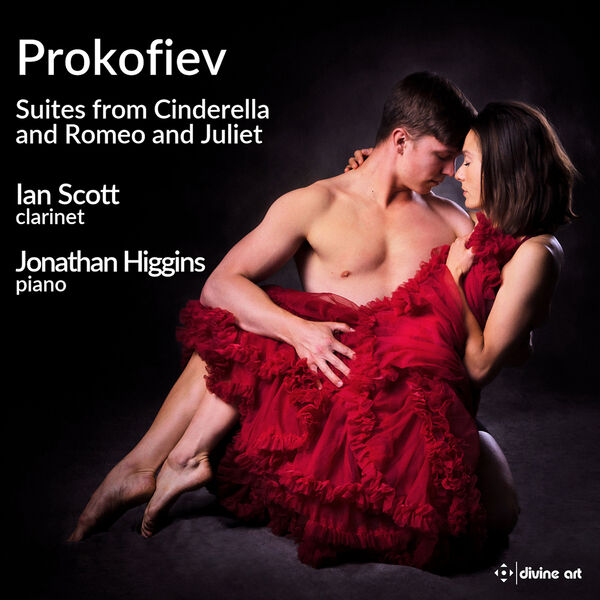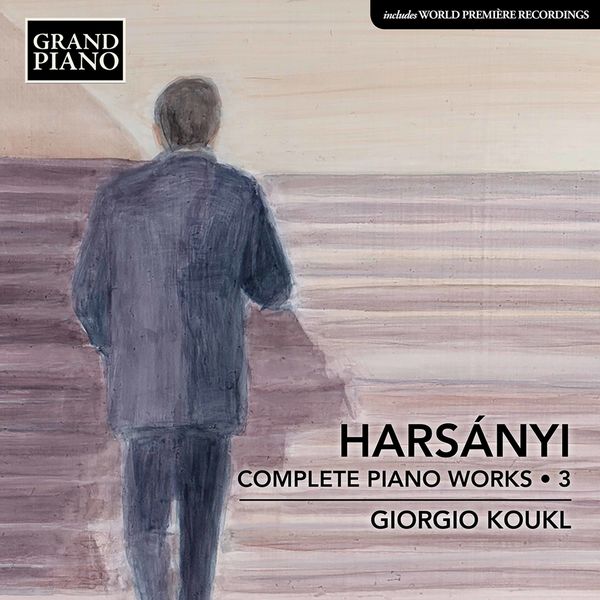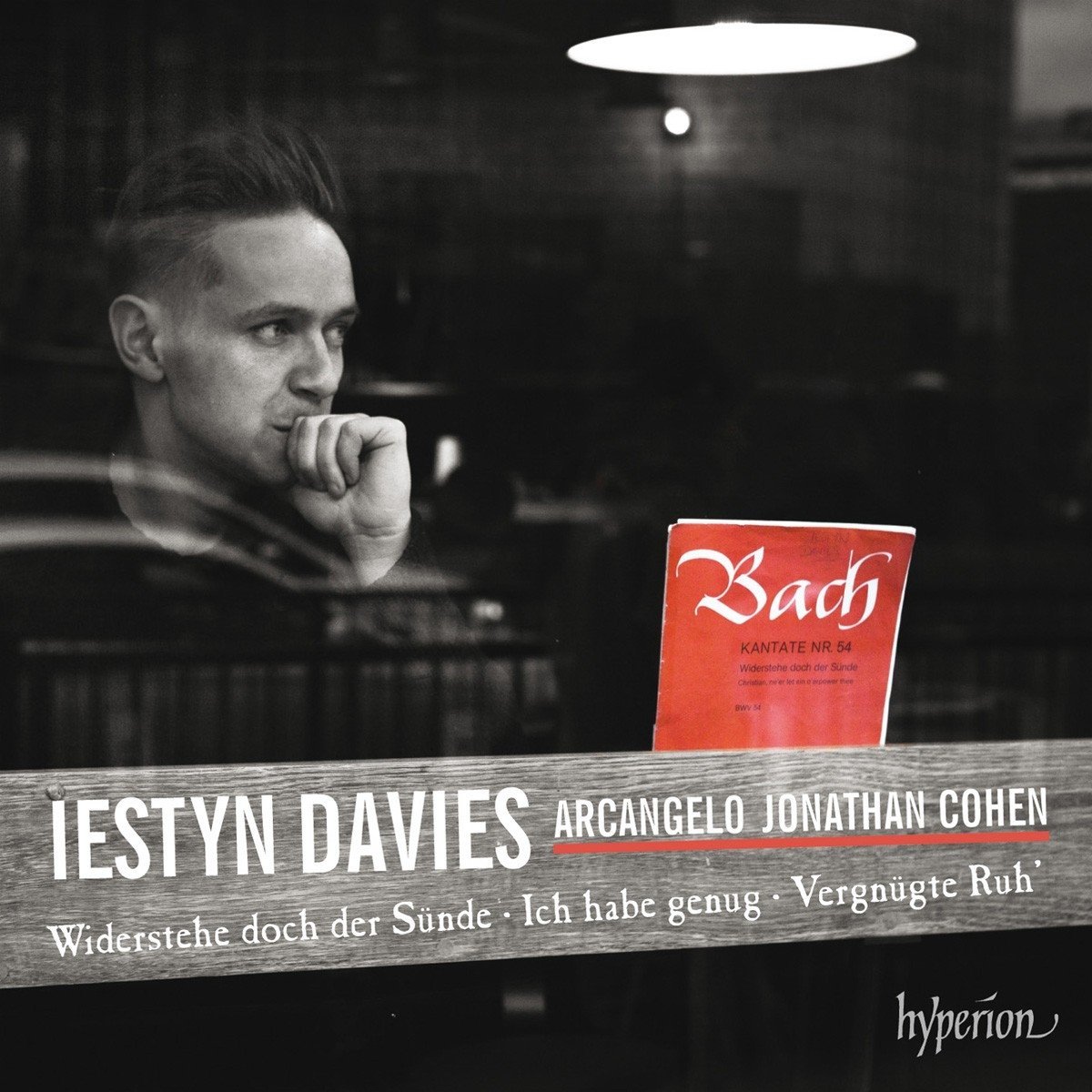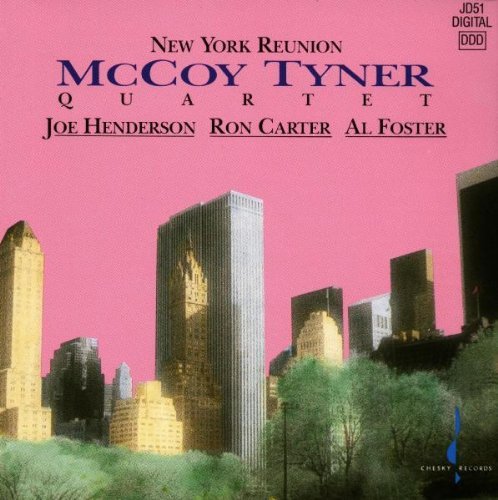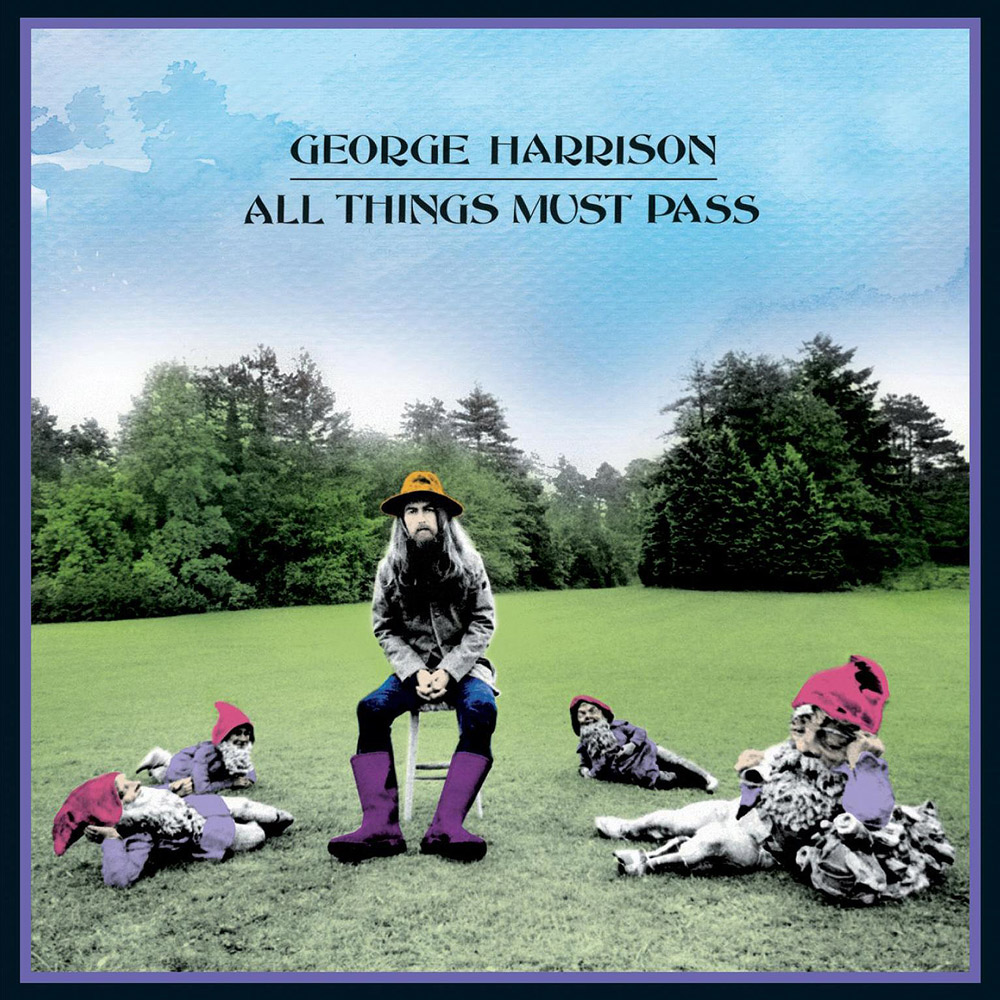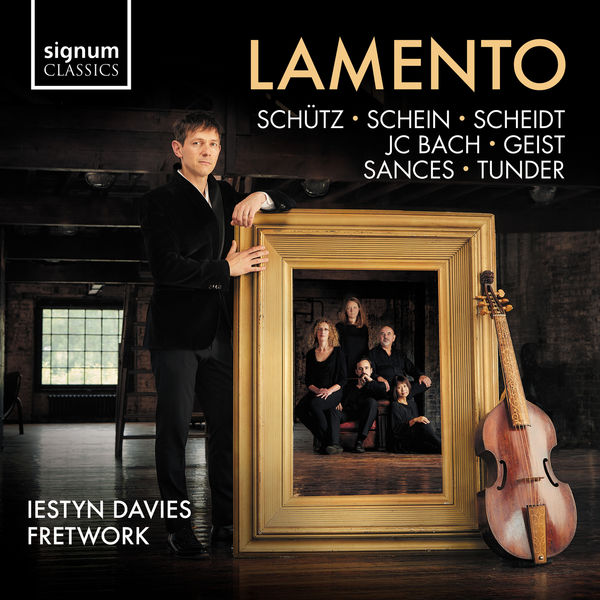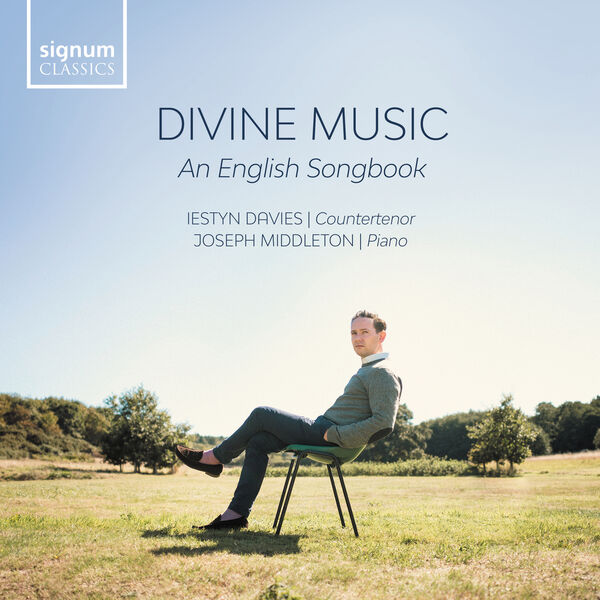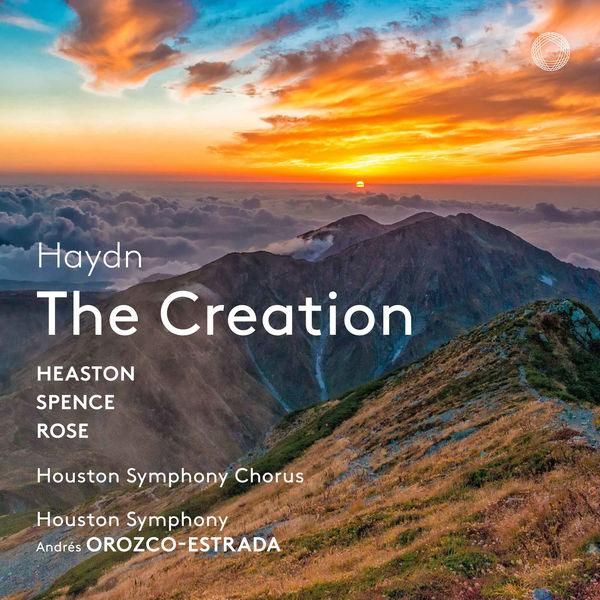Edwin Loehrer – Monteverdi: Madrigali Guerrieri e Amorosi by Edwin Loehrer (1963/2024)
FLAC (tracks) 24 bit/96 kHz | Time – 01:00:02 minutes | 1,07 GB | Genre: Classical
Studio Masters, Official Digital Download | Front Cover | © Alexandre Bak – Classical Music Reference Recording
In 1587, when the Cremona native Claudio Monteverdi (1567–1643) offered his first book of madrigals for printing, the popularity of the genre of little vocal pieces had just reached its pinnacle. Such great madrigalists as Luca Marenzio or Philippe de Monte where among the most distinguished composers of the day, and Palestrina, the great master of counterpoint, he just published his second book of madrigals a year earlier. Three years later, Monteverdi was employed as a singer and violist at the court of Vincenzo Gonzaga in Mantua, and the compositions published in his second volume of madrigals immediately made him a rising star among the Italian masters. Without exaggeration, we can call madrigals like Non si levava ancor or Ecco mormorar l’onde the hits of their day. In them, Monteverdi exhibits a highly advanced use of imitation and counterpoint by Italian standards, and he is innovative in his treatment of tone painting and in his a keen feeling for sustaining a dramatic arch extending above the individual compositions.
In the course of the third through the fifth books of madrigals (1592-1605), we witness a gradual transformation of the composer’s style, which can serve in general as an interesting parallel to the development of music in the direction of Baroque aesthetics. This transformation is also connected with the choice of source texts. The smooth, refined sonnets of Petrarch or Tasso are gradually supplanted by passionate texts in the style of Mannerism, with the explicit expression of human emotion at the forefront. After 1600, Monteverdi became the maestro di capella at the court in Mantua, and he was also in charge of ostentatious secular celebrations accompanied by dramatic musical compositions. The crowning achievement of his creative work in this field is L’Orfeo (1605), which the composer called a favola in musica, i.e. a musical fairy tale, but after the fact, we now see it as the cornerstone of the operatic genre. Three years later, he completed L’Arianna (Ariadne), which has not been preserved as a whole, unfortunately, but according to period accounts it was at least the equal of L’Orfeo, and the only part of it that has been preserved, Arianna’s lamento Lasciatemi morire, is one of the most famous pieces in the great composer’s legacy.
Monteverdi’s dramatic works and his madrigals cannot be viewed separately. On the one hand, madrigals are an important component of his early operas, then on the other hand his madrigals serve as a kind of laboratory in which he can experiment mainly with the building of dramatic tension in music in connection with the text’s dramatic content. In his fourth book of madrigals (1603), he experiments with extremes of form and expressive resources of this small genre, bringing himself into conflict with conservative music theorists of his day. This may be one reason why his fifth book of madrigals appeared soon thereafter (1605). The foreword to that volume contains an answer to his critics. He wrote: “…believe me, there are also other rules for handling dissonance… and the modern composer is working on the foundation of truth…live happily.” The following compositions from that collection give a certain explanation. The last seven madrigals in book five have an independent thoroughbass part, and modo rapressentativo appears in them, i.e. solo passages in which the solo singer individually portrays the feelings and experiences of a particular person. Here, finally, we can speak definitively of a composition with a Baroque structure.
By the time Monteverdi published his sixth book of madrigals (1614), he was the maestro di capella at St Mark’s in Venice. Here, all of the compositions have basso continuo accompaniments, and an alternation between solo parts and the whole ensemble appears with increasing frequency. Formally speaking, the five-voice madrigal gradually gives way to the emergent Baroque cantata. The seventh book (1619) is subtitled concerto, and in it we mostly find secular solo and ensemble compositions with basso continuo accompaniment, sometimes supplemented by two solo violin parts. We no longer find the madrigal in its late-Renaissance form. In the eighth and probably best known book of madrigals (Madrigali guerrieri ed amorosi, 1638), Monteverdi documents the development of his compositional style in Baroque forms. This is an extensive collection of diverse compositions ranging from solo laments to vast eight-voice compositions with instrumental accompaniment.
Tracklist:
1-1. Edwin Loehrer – Madrigals, Book VIII. Canti Guerrieri. Sinfonia: Altri canti d’Amor, SV 146 (2024 Remastered, Lugano 1963) (10:26)
1-2. Edwin Loehrer – Madrigals, Book VIII. Canti Amorosi. Ninfa che, scalza il piede e sciolto il crine, SV 160 (2024 Remastered, Lugano 1963) (01:36)
1-3. Edwin Loehrer – Madrigals, Book VIII. Canti Amorosi. Qui deh meco t’arresta, ove di fiori, SV 160 (2024 Remastered, Lugano 1963) (01:34)
1-4. Edwin Loehrer – Madrigals, Book VIII. Canti Amorosi. Dell’usate mie corde al suon potrai, SV 160 (2024 Remastered, Lugano 1963) (02:28)
1-5. Edwin Loehrer – Madrigals, Book VIII. Canti Guerrieri. Ardo, avvampo, mi struggo, SV 152 (2024 Remastered, Lugano 1963) (04:15)
1-6. Edwin Loehrer – Madrigals, Book VIII. Canti Guerrieri. Ogni amante è guerrier, SV 151 (2024 Remastered, Lugano 1963) (05:24)
1-7. Edwin Loehrer – Madrigals, Book VIII. Canti Guerrieri. Io che cell’otio nacqui e d’otio vissi, SV 151 (2024 Remastered, Lugano 1963) (08:26)
1-8. Edwin Loehrer – Madrigals, Book VIII. Canti Guerrieri. Ma per quell’ampio Egeo spieghi le vele, SV 151 (2024 Remastered, Lugano 1963) (01:03)
1-9. Edwin Loehrer – Madrigals, Book VIII. Canti Guerrieri. Riedi, SV 151 (2024 Remastered, Lugano 1963) (01:11)
1-10. Edwin Loehrer – Madrigals, Book VIII. Canti Amorosi. Chi vol haver felice e lieto il core, SV 162 (2024 Remastered, Lugano 1963) (02:23)
1-11. Edwin Loehrer – Madrigals, Book VIII. Canti Amorosi. Ardo e scoprir, ahi lasso, io non ardisco, SV 158 (2024 Remastered, Lugano 1963) (05:08)
1-12. Edwin Loehrer – Madrigals, Book VIII. Canti Amorosi. Vago augelletto che cantando vai, SV 156 (2024 Remastered, Lugano 1963) (05:06)
1-13. Edwin Loehrer – Madrigals, Book VIII. Il ballo per l’Imperator Ferdinando (2024 Remastered, Lugano 1963) (10:56)

